Among these are to incorporate air as a leavener, sift out foreign objects, and more importantly, break up lumps.
Baking Science: What Does Sifting Flour Do?
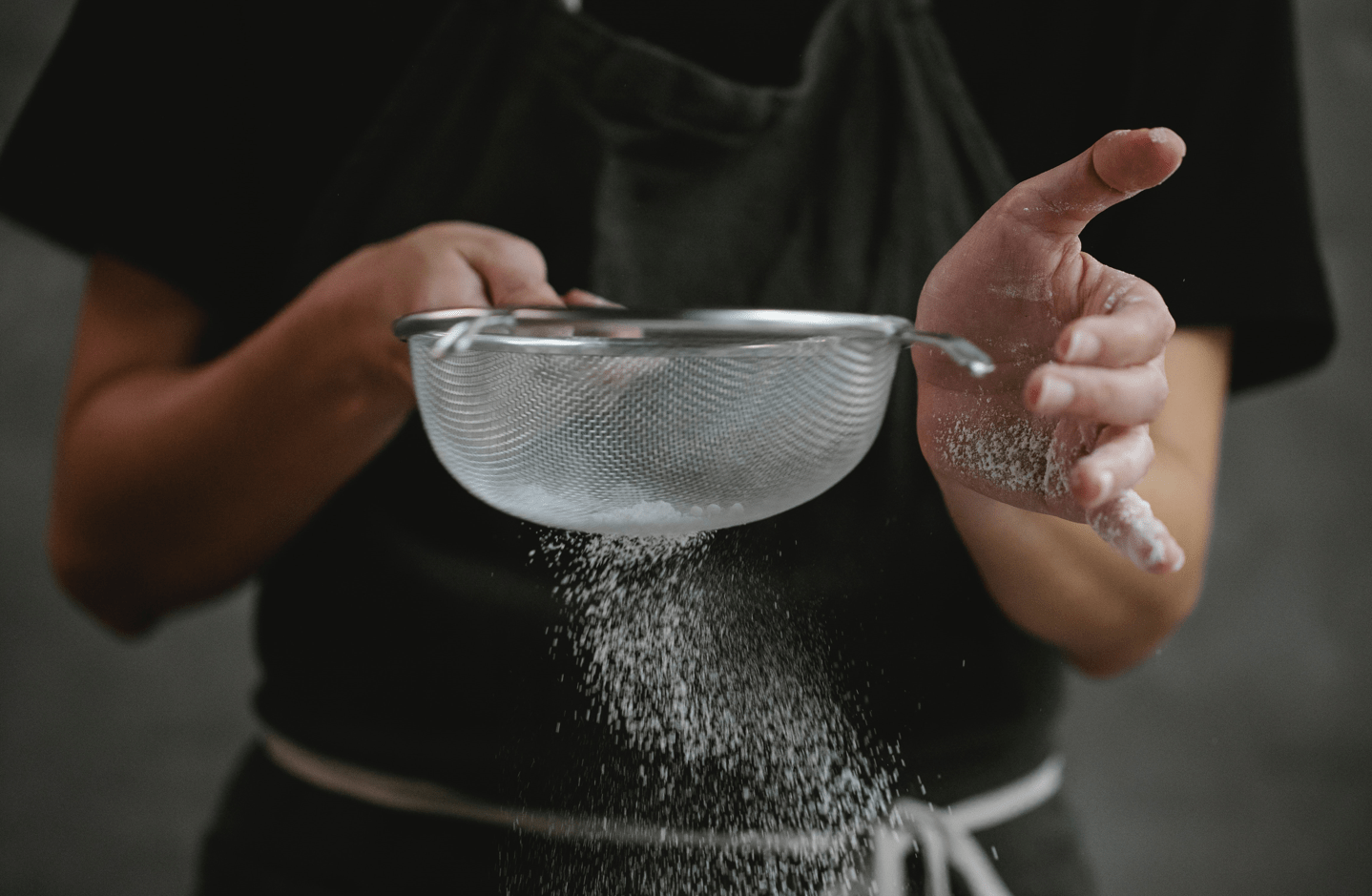

Among these are to incorporate air as a leavener, sift out foreign objects, and more importantly, break up lumps.
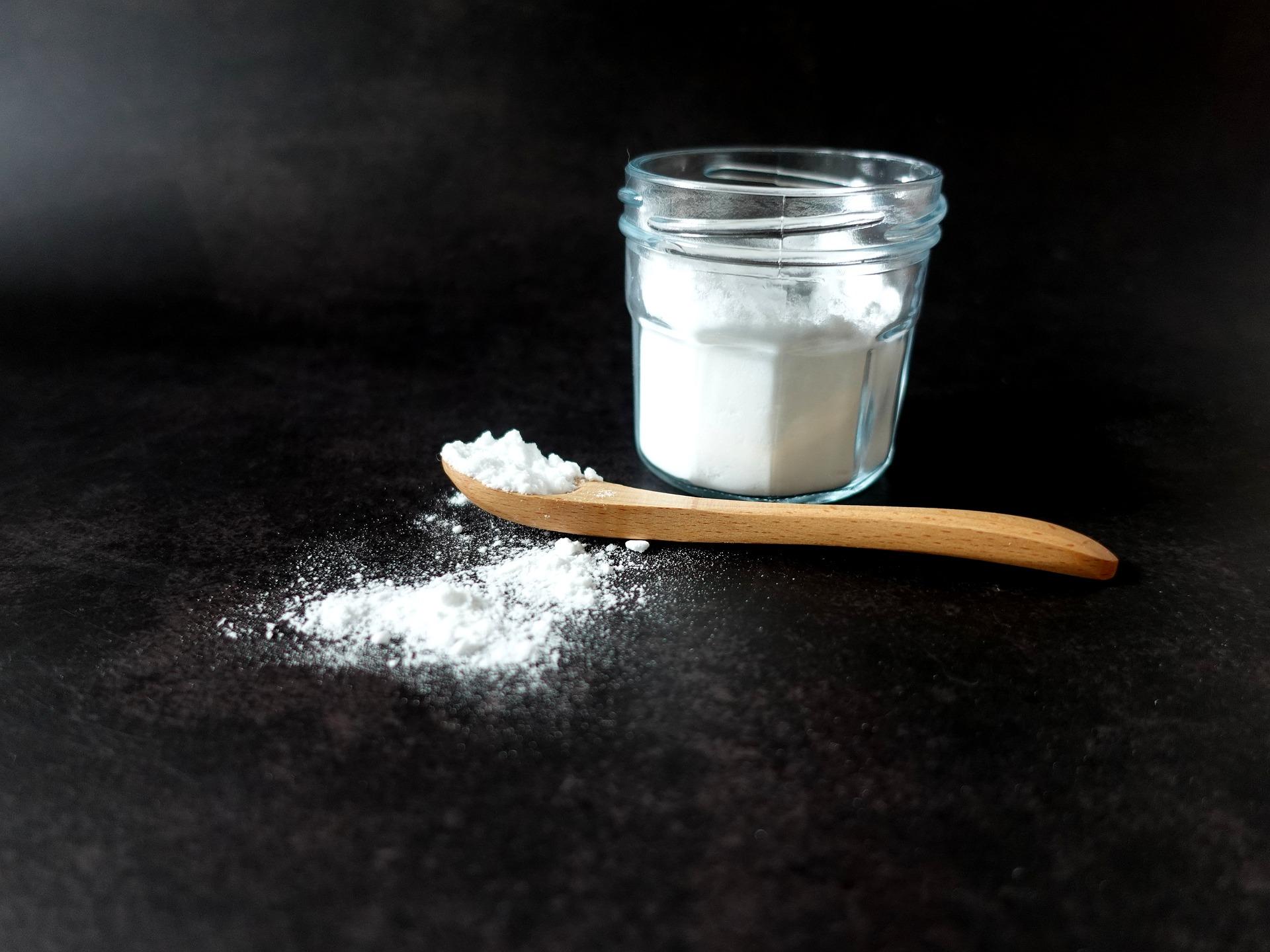
Because baking soda will make the cookies spread out and brown on the baking pan rather than up into the air. By increasing the pH of the mixture, protein coagulation is inhibited, promoting spreading. This results in a more uniformly baked cookies since the dough has more time to set before the eggs set.
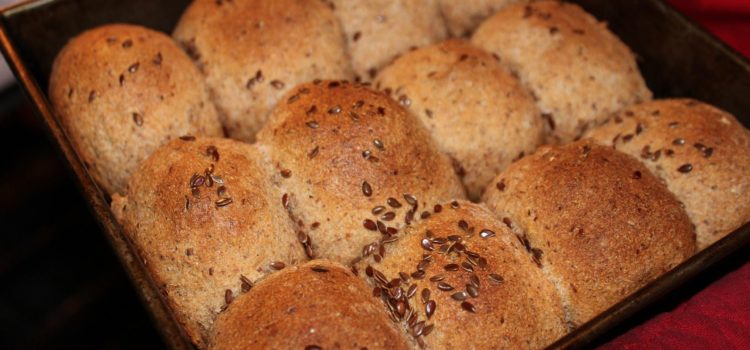
A long time ago, unleavened bread was more common. Unleavened bread is bread prepared without the using of any rising agents, such as yeast or soda. During the ancient times, bread making involved mixing crushed grains and water, and then
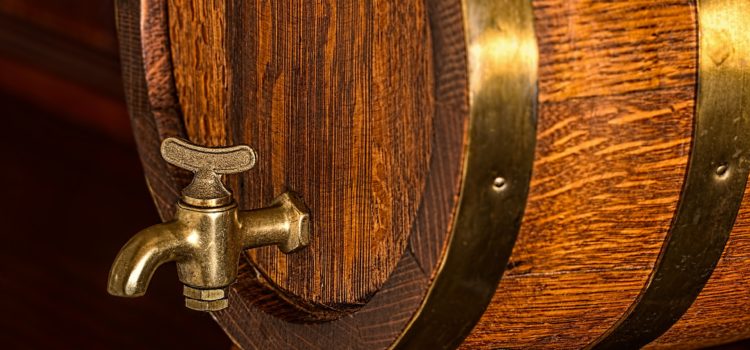
Saccharomyces cerevisiae is one of the most important species of yeast in the food industry.
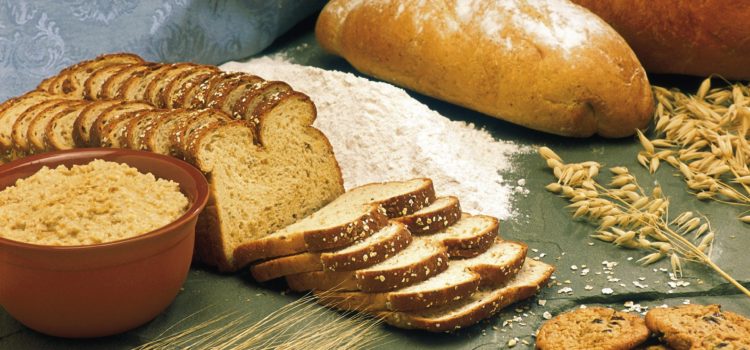
Potassium bromate (E924) peaked in popularity in the 20th century for it improves the overall quality of baked products. It was until the 90’s when countries started banning the use of it in food products. Why is it banned? And
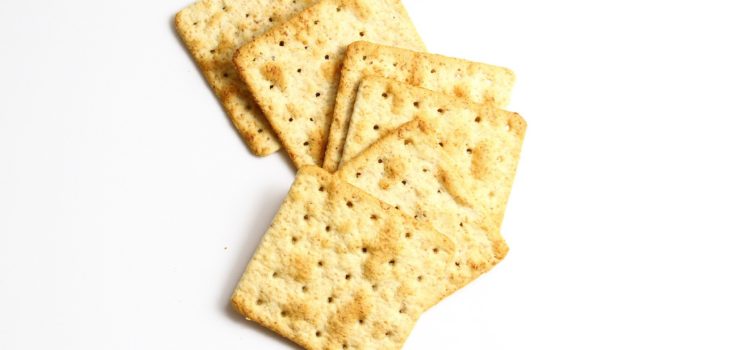
If the holes in the crackers attract consumers, then that is definitely a plus. The real reason for this is to help the manufacturer bake the crackers properly.